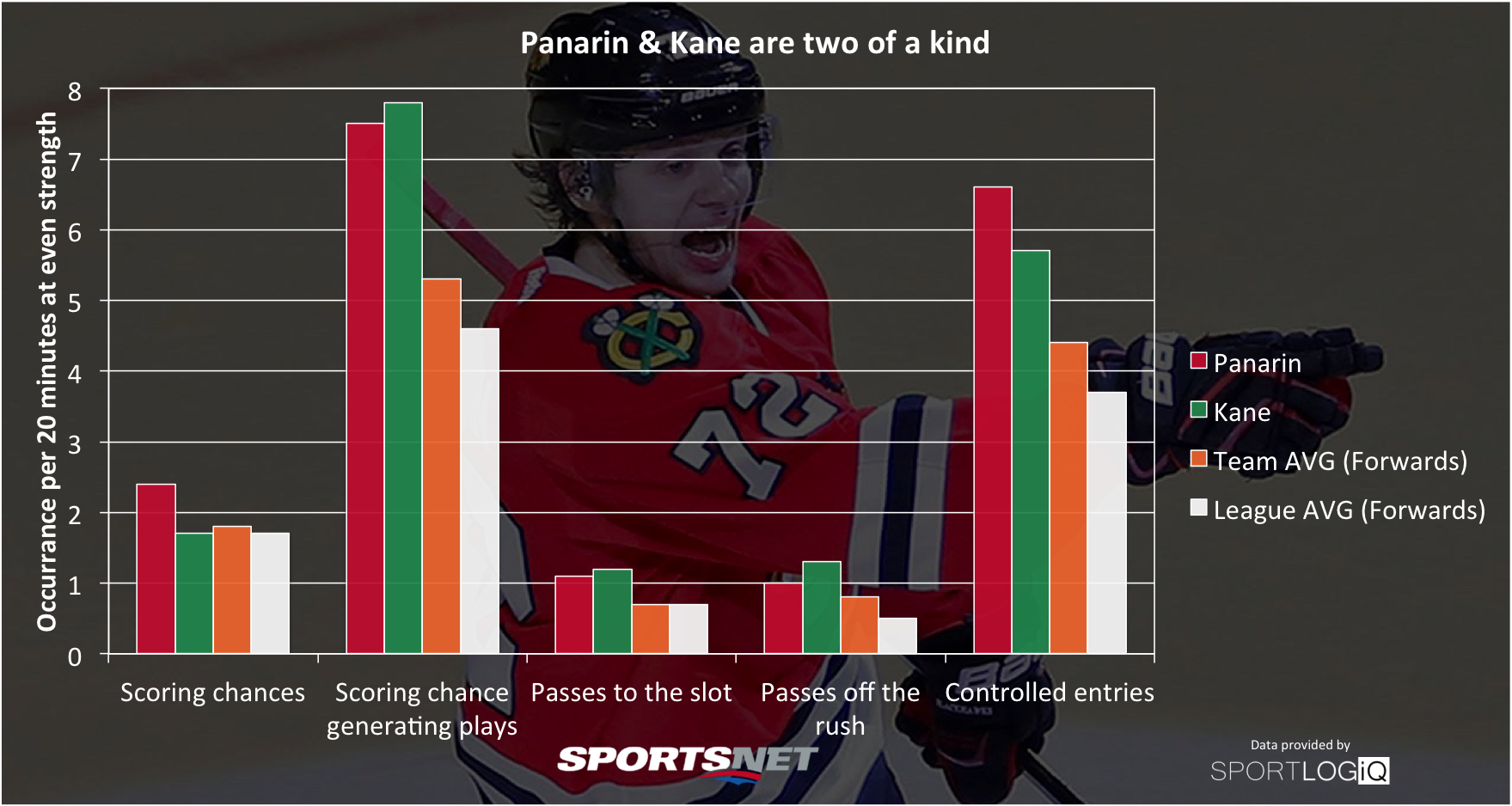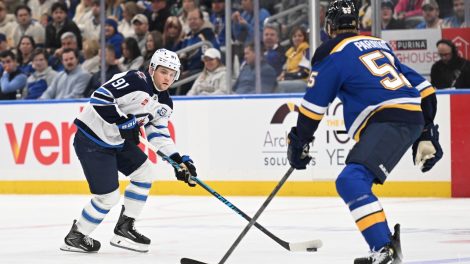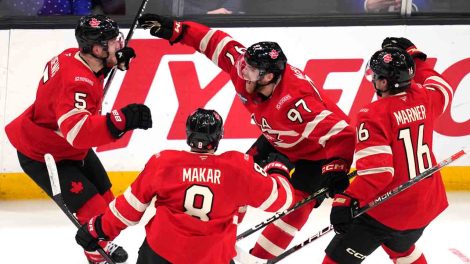Nearly three quarters of the way through the 2015-16 season, Patrick Kane has a 17-point lead on the next highest scoring player in the NHL. His 75 points through 55 games is already the second highest point total of his career, and if he keeps pace, he will blow his previous career high out of the water by 24 points.
How exactly has the Chicago Blackhawks star had this offensive explosion at 27-years-old? Well, they added a second Patrick Kane; only his name is Artemi Panarin.
Panarin and Kane are remarkably similar in playing style, and while Panarin gets more personal scoring chances, both players love to carry the puck, make plays, and exhibit phenomenal patience.
Kane and Panarin are third and sixth in the entire league in terms of scoring chance generating plays, and 10th and second respectively in controlled entries into the offensive zone. While it’s undeniable that both players are excellent offensively, these two feed off each other to an extreme degree.
This symbiotic relationship has also led to an explosive rookie season for the 25-year-old Panarin, who sits tied for seventh in the NHL in scoring, and almost assuredly a Calder Trophy win in June.
What’s most interesting about this relationship is it flies in the face of general hockey ideas. Often you hear pundits say that lines don’t work if two players like to carry the puck, but with Panarin and Kane what has ended up happening is instead of one player being forced to play without the puck, they just have the puck twice as often.
Panarin and Kane are first and second in the entire NHL in individual offensive zone possession time per 20 minutes at even strength, and individual possession time in all zones among forwards.
The dynamic duo is also fourth and fifth in possession driving plays per 20 minutes, mostly due to their ability to carry the puck. The ability of these two players to read off each other and keep the puck on their sticks is something that just doesn’t exist on any other line in the NHL.
It will be interesting to see whether they can repeat this kind of performance in the future.








